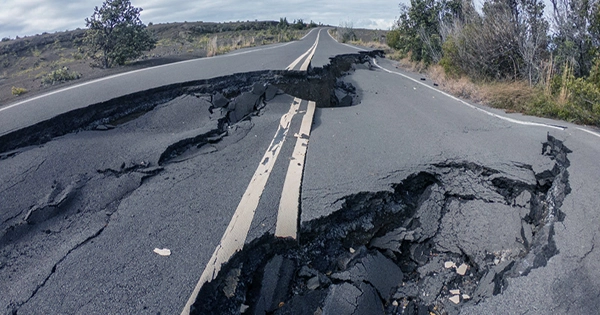According to new research, the highly divisive practice of fracking is likely to be to blame for the current increase in earthquakes that Texas has seen over the past 10 years. Research that tracked all earthquakes of magnitude 1.5 or higher between 2017 and 2020 discovered that about 70% of them were directly related to operations in the oil and gas industry, whether it be through direct hydraulic fracturing or the disposal of wastewater into geological formations. According to the researchers, the study, which was written up in Seismological Research Letters, should assist producing businesses in lessening their negative effects on the environment and seismic activity.
In a statement, co-author Alexandros Savvaidis stated, “This work indicates that we now know a lot about how oil and gas activities and seismic activity are related.” The modeling methods “may assist oil and gas companies and regulators in identifying possible dangers and modifying production and disposal activities to lessen them.”
By pumping fluids down wells, which fracture the rock formations nearby, hydraulic fracturing is a procedure used to recover natural gas and oil from frequently deep pockets under the Earth’s surface. The fluid, which is now known as formation water, is subsequently forced back up by the pressure, and sand or another incompressible material is put into the fissures to keep them open. By doing this, the corporation can extract more resources from wells.
For largely valid reasons, hydraulic fracturing is a sensitive topic in the US and elsewhere in the world. As it is commonly referred to, fracking consumes a significant amount of energy, releases gas into the atmosphere, and produces harmful compounds in the formation water that are difficult to remove. In this study, researchers examined over 5,000 earthquakes in the Delaware Basin, West Texas, with a magnitude of 1.5 or higher to check for associations with fracking, formation water discharge, or other variables.
Of these earthquakes, 43% were associated with the injection of formation water into shallow sedimentary formations, 13% with the injection into formations below the fracking depth, and 12% with the direct use of hydraulic fluids in rock fracturing. The entire process is responsible for 68% of the region’s earthquakes. A specific earthquake of magnitude 5.0 that struck Mentone, Texas in 2020 took place in an area where deep rock pockets are frequently filled with formation water.
The researchers are now hoping that it will educate businesses on optimal practices for lowering seismic activity. “Our understanding of the linkage between water disposal, hydraulic fracturing, and earthquakes continues to improve, but there is still much to learn and more work to be done, especially when it comes to mitigating and forecasting,” said Scott Tinker, the director of the UT Bureau of Economic Geology and a governor-appointed member of the TexNet Advisory Committee, in a statement. “This information facilitates collaboration among academics, regulators, and industry to manage and minimize risk. It is the kind of coordination required for many different kinds of industrial processes. I’m glad Texas is in the lead.















